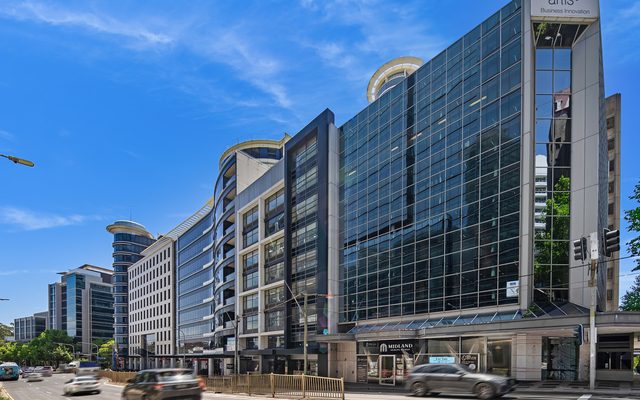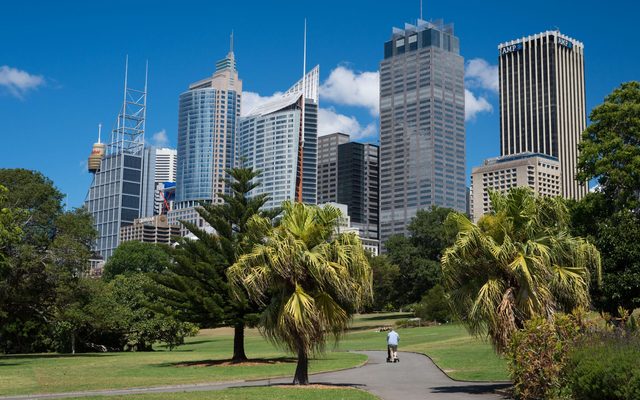This article is from the Australian Property Journal archive
MELBOURNE’S office market is heading for its lowest annual level of sales in two decades whilst yields continue to expand, as investors speculate there is further pain to come due to sluggish leasing activity and high vacancy rates.
The Melbourne CBD vacancy rate is nearly touching 20% – it lifted by 3.4% in the June quarter to 19.6% – and investment activity in response has tallied a low $600 million in the first half of the 2024, according to Urban Property Australia’s latest Victorian Property & Economic Outlook.
“Investors remain cautious, given the subdued leasing activity and elevated vacancy rate,” Urban Property Australia managing director Sam Tamblyn told Australian Property Journal.
“Based on the volume of sales recorded in the first half of the year, the Melbourne office market is on track for its lowest annual level of sales in 20 years.”
Ahead of the Property Council of Australia’s office vacancy data being unveiled tomorrow, recent number showed vacancies in Melbourne’s metropolitan office market rose slightly, but remain the lowest of all Melbourne’s office markets, while the Melbourne CBD office vacancy has hit its highest level since the 1990s, and the vacancy rate of the St Kilda Road is at an all-time high.
The vast majority – 75% – of Melbourne’s sales recorded in 2024 to date have been located in the CBD. Outside of the CBD, all other sales were located in the metropolitan market with six offices sold above $10 million.
Given the limited sales volume and continuing uncertainty on the sector, average prime metropolitan office yields remained stable at 7.25%, with secondary yields averaging 8.75%.
“We expect to witness further decompression in yields with the office sector most of risk for further capital value declines, whereas the retail and industrial sectors are likely to be nearing the end of the decompression cycle by the end of the year, albeit do not expect to see yields compress until 2026,” Tamblyn told Australian Property Journal.
Urban Property Australia is currently tracking 125,000 sqm of new office projects under construction in the metropolitan office market, just under a third of which is already committed. Much of the focus of the new development remains focused on the city fringe with the precinct accounting for 61% of all new metropolitan office stock projected to be completed in 2024 and 2025.
Tenant demand is strengthening and the level of new supply is peaking in the metropolitan office market in the short term, prompting Urban Property to project that the vacancy rate has peaked and will trend down as tenants capitalise on the attractive leasing terms on offer to upgrade their office accommodation.
Long time between deals
Melbourne’s office market has been in a lull with only a few notable transactions and they’ve all transacted in the past month, including Charter Hall selling 200 Queens Street to the Barristers’ Chambers for $190 million and Mirvac’s sale of 367 Collins Street for $345 million – 20% below peak values.
Prior to that Swiss fund AFIAA sold 628 Bourke Street for $115.8 million to Bayley Stuart. The sale result will be disappointing for the Swiss fund as the sale price is below the $185 million it paid M&G Real Estate seven years ago and AFIAA spent a further $35 million refurbishing the building.
Transaction activity down in industrial and retail
Across all the major commercial sectors of office, industrial and retail, transactional activity recorded in 2024 is likely to be down to decade lows, according to Urban Property Australia, adversely impacted by a number of factors.
“While the industrial market continues to outperform other commercial sectors this year, the cost and scarcity of capital is generally constraining transactional activity,” Tamblyn told Australian Property Journal.
Having peaked in 2021 with more than $6 billion of industrial property sold, just over $1 billion of industrial sales has been recorded in 2024 to date in Melbourne, below average.
Prime industrial yields sit at 5.75% with average secondary yields moving out to 6.50% over the 12 months the end of June, although have stabilised in 2024 to date.
“Based on current transactional volume levels, sales across the Melbourne industrial is likely to its lowest level since 2010. As a result of pressure from investor redemptions, institutions have largely been absent from purchasing additional properties with this year dominated by private investors, both local and offshore based,” Tamblyn said.
He told Australian Property Journal that transactional activity in Melbourne’s retail sector remains subdued by the uncertain outlook for consumer spending patterns with discretionary spending tightening in light of the higher cost of living challenges.
Urban Property Australia research recorded more than $700 million transacted in the Melbourne retail property market over 2024 to date, well below average levels, with only six sales above $50 million recorded.
Yields softened across all retail asset classes over the year, by between 25 and 50 basis points. Urban Property Australia expects yields of retail assets are close to stabilising, having decompressed over the past three years.
Tamblyn said the foreign owner land tax surcharge is also likely to be having an impact on foreign investment activity in the Melbourne commercial property market.




